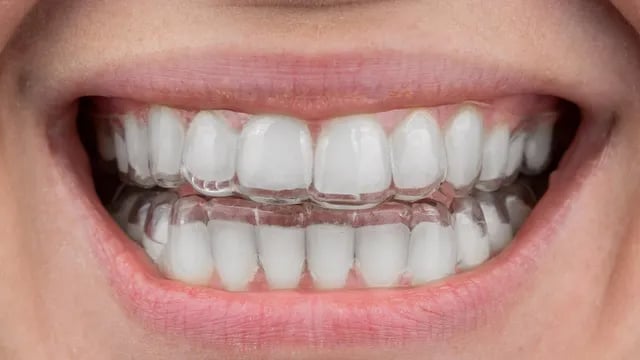Clear Aligners for Patients with Sialorrhea: Managing Excessive Salivation During Treatment
Clear aligners have revolutionized orthodontics, offering patients a more discreet and comfortable way to achieve a straighter smile. However, like any dental appliance, they come with a few potential side effects. One that occasionally arises is sialorrhea, or excessive salivation. While it may seem like a minor inconvenience, managing this issue effectively can enhance both the comfort and success of treatment. Let’s dive into why clear aligners may cause increased salivation and explore practical strategies to help patients manage this side effect.
Azeem Jameel
10/15/20243 min read


Clear Aligners for Patients with Sialorrhea: Managing Excessive Salivation During Treatment
Clear aligners have revolutionized orthodontics, offering patients a more discreet and comfortable way to achieve a straighter smile. However, like any dental appliance, they come with a few potential side effects. One that occasionally arises is sialorrhea, or excessive salivation. While it may seem like a minor inconvenience, managing this issue effectively can enhance both the comfort and success of treatment.
Let’s dive into why clear aligners may cause increased salivation and explore practical strategies to help patients manage this side effect.
What is Sialorrhea?
Sialorrhea, or excessive salivation, refers to the overproduction of saliva. While it's normal to produce around 1-2 liters of saliva daily, certain factors, including dental appliances like clear aligners, can stimulate the salivary glands to produce more than usual.
For patients undergoing clear aligner treatment, especially during the first few days, the presence of aligners in the mouth can trigger a response that leads to excessive saliva. The mouth interprets the aligners as a foreign object, and the body reacts by increasing salivary flow to help “lubricate” and protect the oral tissues.
Why Do Clear Aligners Cause Excessive Salivation?
Clear aligners are smooth and comfortable, but they still represent something new in the mouth. Here are the primary reasons patients may experience more saliva with aligners:
Foreign Object Sensation: The aligners are seen as something new in the mouth, and the body’s natural response is to increase saliva production.
Initial Adjustment: During the first week of aligner wear, the mouth needs time to adapt to this new addition. During this adjustment period, some patients produce more saliva than usual.
Oral Stimulation: Clear aligners cover the teeth and part of the gums, and this extra coverage can stimulate salivary glands, especially in the early stages of treatment.
How Does Sialorrhea Affect Treatment?
While excessive saliva might seem like a minor annoyance, it can have a few impacts on both the comfort and effectiveness of the treatment. Patients may feel self-conscious about swallowing more often or needing to remove excess saliva, which can lead to reduced satisfaction during treatment.
Additionally, excessive saliva can make it easier for plaque to accumulate on the aligners, meaning patients need to be extra vigilant about keeping their aligners clean.
Tips for Managing Excess Salivation
Thankfully, excessive salivation is usually temporary and decreases as the mouth gets used to the aligners. In the meantime, here are some helpful strategies to manage it:
Stay Hydrated: Drinking plenty of water can help wash away excess saliva and keep the mouth feeling fresh. It also helps balance oral moisture and prevents dry mouth, which can occur as the saliva adjusts.
Practice Patience: The good news is that for most patients, sialorrhea fades after the first week or two. Letting patients know that this is a temporary side effect can help set expectations and encourage them to stick with the treatment.
Frequent Cleaning: With more saliva comes the potential for more bacteria buildup. It’s essential for patients to keep their aligners clean by brushing them regularly and using recommended cleaning solutions.
Chew Sugar-Free Gum: A few minutes of chewing sugar-free gum can sometimes help stabilize salivary flow and keep the mouth feeling comfortable before reinserting aligners.
Take Breaks When Needed: Patients may find it helpful to remove the aligners briefly (as instructed by their orthodontist) to give their mouth a chance to adjust and reduce saliva production. However, this should be done carefully to avoid disrupting treatment progress.
Stay Positive: Reassure patients that this is a natural response to the aligners and that their body will adjust in time. Remaining positive and patient is key to ensuring a smooth treatment journey.
When to Seek Additional Support
For most patients, sialorrhea is a short-term challenge that resolves on its own. However, if excessive salivation persists beyond the initial adjustment period or causes significant discomfort, it may be worth consulting an orthodontist or dentist to explore other solutions. Sometimes, lifestyle changes or adjustments to the treatment plan can help.
Conclusion
While sialorrhea can be an initial side effect of clear aligner treatment, it’s typically temporary and manageable. By staying hydrated, maintaining a good oral care routine, and allowing time for adjustment, patients can minimize discomfort and stay focused on their journey toward a straighter smile.
Clear aligners remain one of the most effective and comfortable orthodontic options, and with a little patience and support, patients can easily overcome the early challenges of excessive salivation. Keeping communication open between the patient and orthodontist ensures any concerns are addressed promptly, allowing for a smoother and more pleasant treatment experience.

Connect
Social Accounts
+1 830 7451 586
Building 595, Block H3, Phase 2
Johar town, Lahore Pakistan
Address
Mail at:
Call at:


ClearCare Ortho offers premium-quality, exceptionally clear, and affordable orthodontic aligner treatments worldwide.
© 2023 Copyright ClearCare Ortho All Right Reserved.
info@clearcareortho.com
